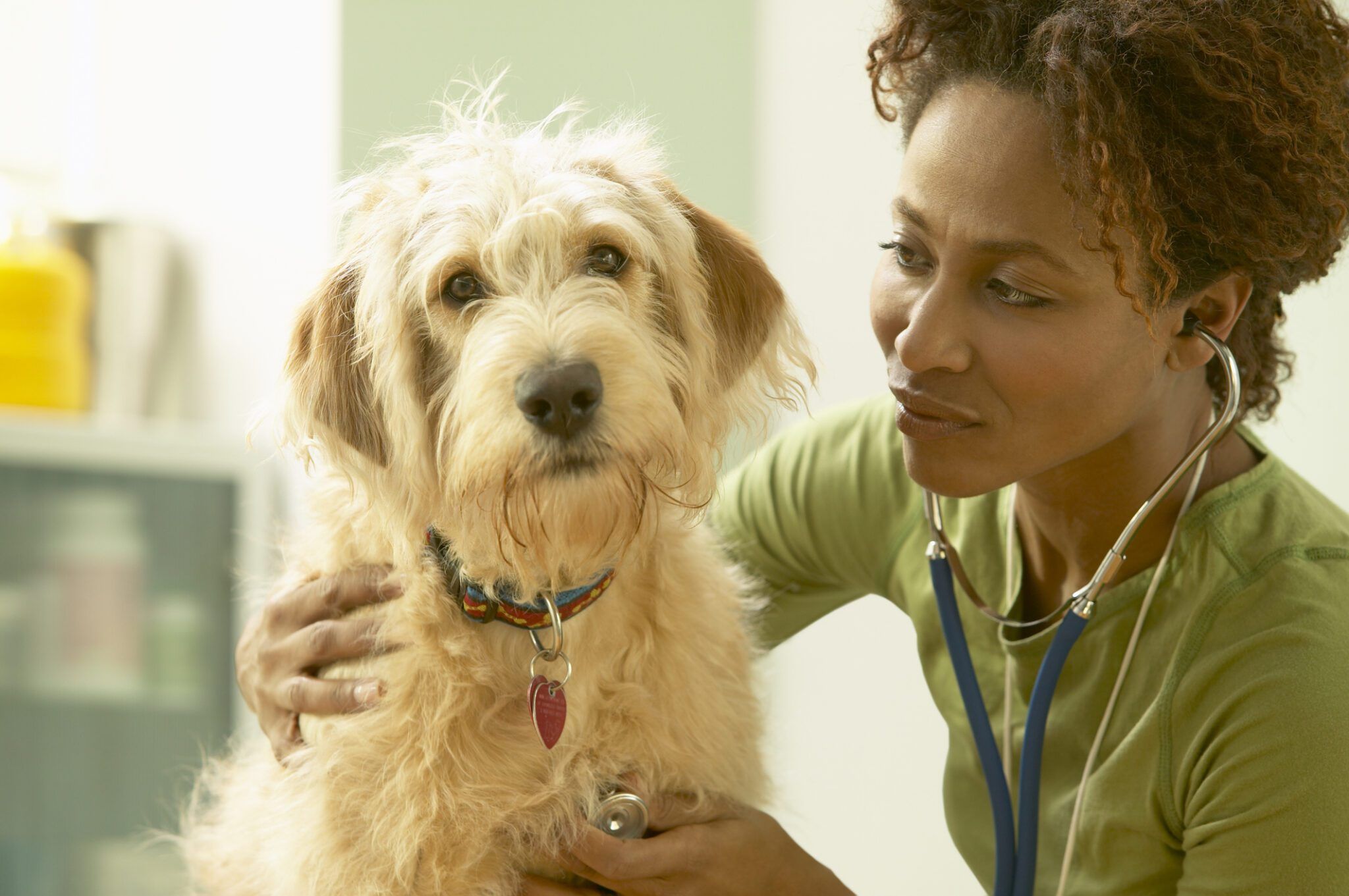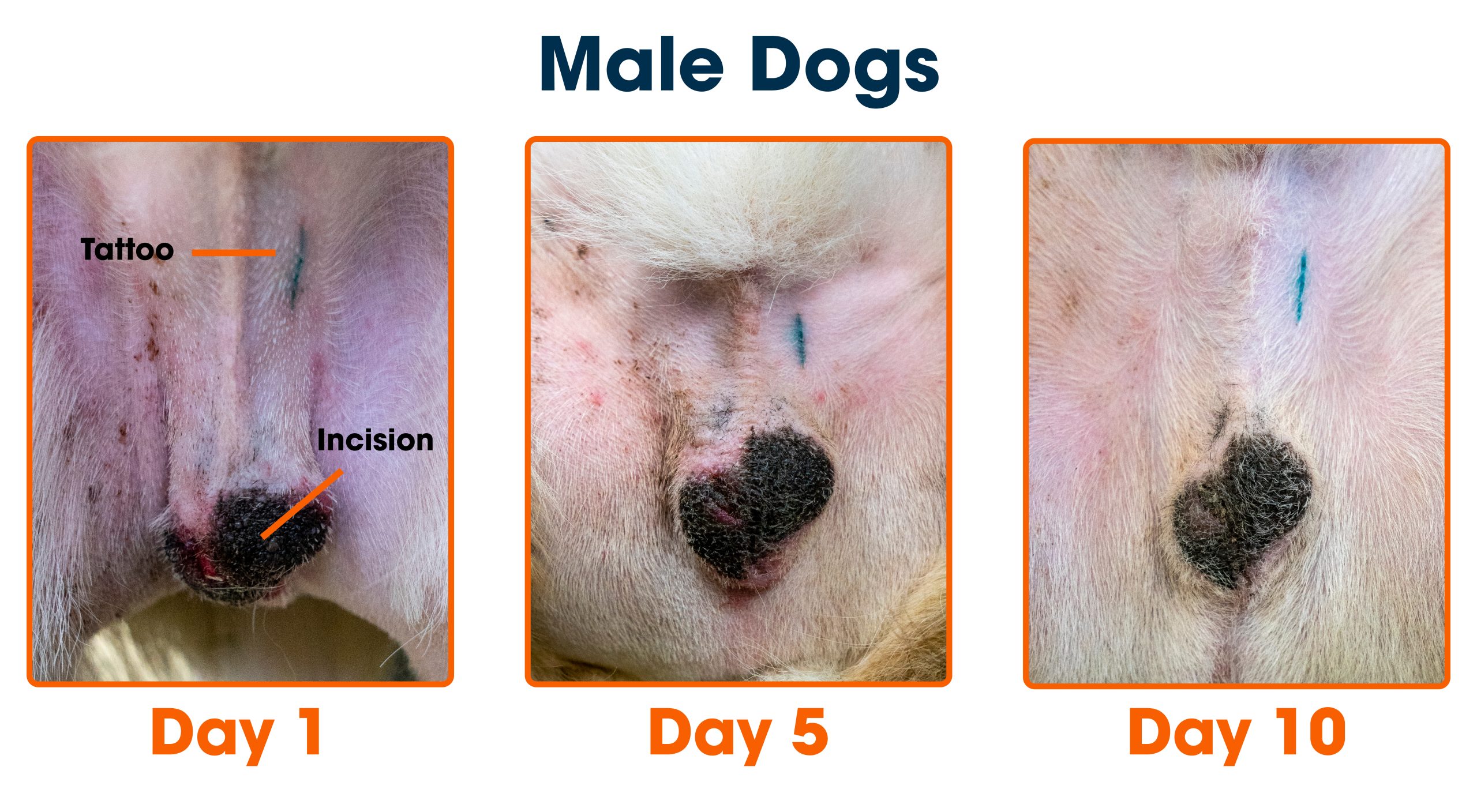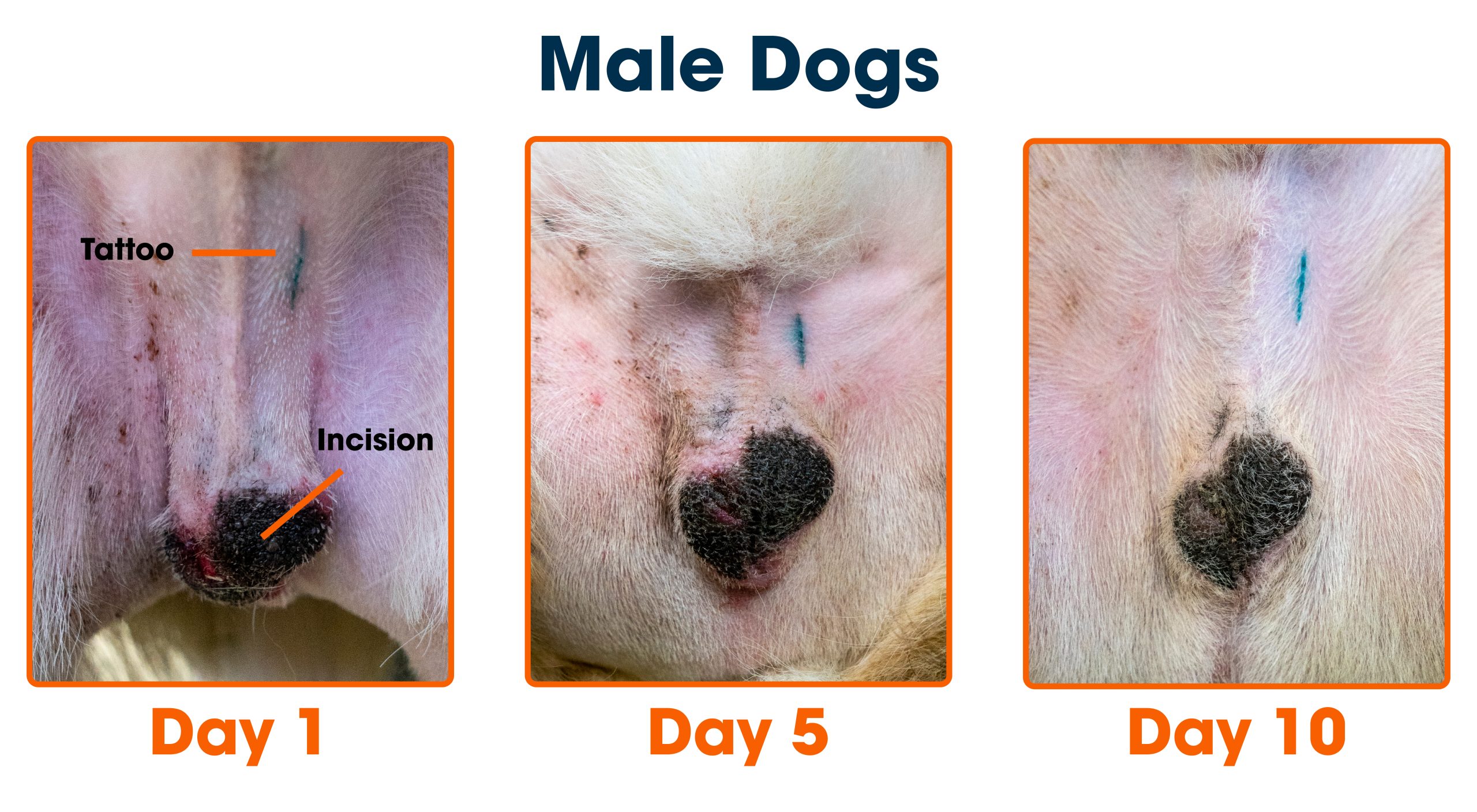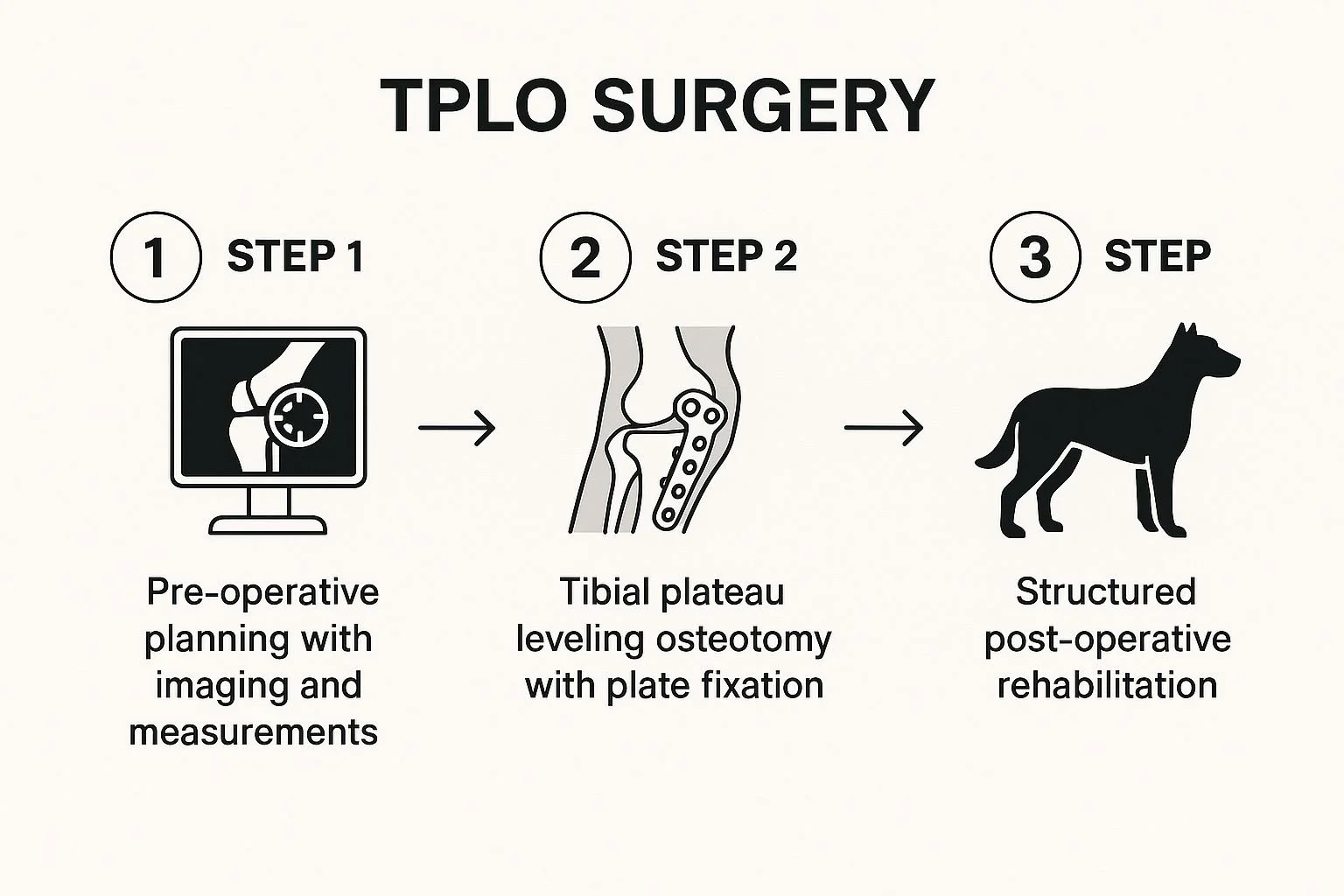You love your dog, and you want to keep them healthy and happy. But how do you know when it’s time to bring your furry friend to the vet?
Sometimes it’s obvious, like after an injury or if your dog is acting very sick. Other times, the signs are subtle and easy to miss. If you wait too long, small problems can turn into big, costly issues. You’ll learn the key signs that mean a vet visit is urgent, and when a simple check-up can keep your dog feeling their best.
Keep reading to make sure you never miss the moment your dog needs help.

Credit: www.lilyskitchen.co.uk
Behavioral Changes
Changes in your dog’s behavior can signal health problems. Dogs often hide pain or illness. Watch closely for any unusual actions or moods. These changes might be subtle but important. Noticing them early can help your dog get the right care fast.
Unusual Aggression
A calm dog becoming aggressive is a red flag. Aggression can mean pain, fear, or sickness. It might show as growling, biting, or snapping. Even a gentle dog can suddenly act out. This change needs quick vet attention to find the cause.
Excessive Lethargy
Dogs normally rest but still stay alert. If your dog seems very tired all day, watch closely. Lethargy means less energy than usual, with little interest in play or walks. This can point to infections, anemia, or other illnesses. A vet visit can help find the problem early.
Eating Habits
Eating habits in dogs can reveal much about their health. Changes in appetite or thirst often signal underlying issues. Monitoring these habits helps catch problems early. Owners should watch for sudden or gradual changes. Observing your dog’s eating and drinking patterns is crucial.
Loss Of Appetite
A sudden drop in appetite can indicate illness or pain. Dogs refusing food for more than 24 hours need a vet check. Causes include infections, dental problems, or digestive issues. Pay attention to other signs like vomiting or lethargy. A vet can diagnose the cause and suggest treatment.
Increased Thirst
Drinking more water than usual might mean health problems. Conditions like diabetes, kidney disease, or infections cause increased thirst. Track how much your dog drinks daily to notice changes. Excessive thirst with frequent urination requires veterinary attention. Early diagnosis helps manage these conditions better.
Physical Symptoms
Recognizing physical symptoms in your dog is key to deciding when a vet visit is necessary. Dogs can’t tell you when something hurts or feels wrong, so you need to watch for signs that their body is struggling. Paying attention to changes in their behavior or health can save their life or prevent more serious illness.
Persistent Vomiting
Vomiting once or twice might not be a big deal, but persistent vomiting is a red flag. If your dog throws up repeatedly over several hours or can’t keep water down, it’s time to call your vet. This could indicate anything from a stomach blockage to an infection.
I once ignored my dog’s vomiting, thinking it was just an upset stomach. Within hours, she became lethargic and dehydrated. That experience taught me how quickly things can get worse without treatment.
Diarrhea
Diarrhea that lasts more than 24 hours or contains blood needs immediate attention. It can lead to dehydration, especially in puppies or older dogs, so don’t wait to get help. Keep track of the frequency and appearance to inform your vet.
Has your dog’s diarrhea been accompanied by vomiting or a fever? These symptoms together increase the urgency. Your vet can run tests to find the cause and prescribe the right treatment before complications develop.
Breathing Issues
Noticing your dog struggling to breathe can be alarming. Breathing issues often signal underlying health problems that need prompt attention. Understanding when to seek veterinary care can make a crucial difference in your dog’s well-being.
Labored Breathing
Labored breathing means your dog is working harder than usual to take a breath. You might see rapid breathing, flaring nostrils, or your dog using its belly muscles more to breathe. If your dog is gasping or wheezing, don’t wait—these signs could indicate serious conditions like heart disease or pneumonia.
Think about how your dog behaves normally. Is the labored breathing happening during rest or after exercise? If it’s at rest or worsening quickly, it’s time to get help. You know your dog best; trust your instincts when something feels off.
Persistent Coughing
Coughing that lasts more than a few days is a red flag. It might sound dry, hacking, or even bring up mucus. Persistent coughing can point to infections, allergies, or even heart problems in dogs.
Watch for other symptoms like lethargy, loss of appetite, or a bluish tongue. These signs together mean your dog needs a vet’s evaluation. Don’t delay, especially if the cough worsens overnight or interrupts your dog’s sleep.
Skin And Coat Conditions
Skin and coat health reveals a lot about your dog’s overall well-being. Changes in fur texture, color, or skin condition often signal health issues. Early detection can prevent serious problems and keep your dog comfortable. Watch closely for signs that need a vet’s attention.
Excessive Scratching
Dogs scratch for many reasons. Fleas, allergies, or dry skin can cause itching. Scratching too much can damage skin and cause infections. Notice if scratching lasts more than a few days. Also, check for redness or sores on the skin. These signs need a vet’s evaluation to find the cause.
Unusual Bald Spots
Bald spots can appear suddenly or slowly. They might be round or irregular in shape. Causes include parasites, infections, or hormonal issues. Look for swelling, redness, or scabs around bald areas. A vet can diagnose the problem and suggest treatment. Early care helps your dog’s coat grow back healthy.

Credit: www.whole-dog-journal.com
Mobility Problems
Mobility problems in dogs can signal more than just aging—they often indicate underlying health issues that need prompt attention. Recognizing early signs can make a big difference in your dog’s comfort and quality of life. If your dog’s movement changes, don’t wait to see if it improves on its own.
Difficulty Walking
Has your dog started hesitating before taking a few steps or seems stiff after resting? Difficulty walking may be a sign of joint pain, arthritis, or neurological problems. Watch for signs like dragging paws, wobbling, or reluctance to climb stairs.
One dog owner noticed her Labrador struggling to walk after a long nap. She assumed it was just stiffness, but a vet visit revealed early arthritis. Catching it early allowed for treatment that eased the pain significantly.
If your dog shows any unusual walking patterns, schedule a vet check. Early diagnosis can help manage pain and prevent further damage.
Limping
Limping is often the most obvious sign of mobility issues. It can result from injuries, infections, or chronic conditions like hip dysplasia. If your dog suddenly starts limping or favors one leg, it’s time to act.
Sometimes limping disappears after rest, but if it lasts more than 24 hours or worsens, your dog needs professional evaluation. Ignoring a limp can lead to more serious problems or permanent damage.
Ask yourself: Is the limp associated with swelling, heat, or sensitivity? These signs can indicate an infection or injury that requires immediate veterinary care.
Eye And Ear Concerns
Eye and ear issues can cause discomfort and signal health problems in dogs. Early attention helps prevent worsening conditions. Knowing signs that need a vet’s care protects your dog’s well-being.
Red Or Cloudy Eyes
Redness in your dog’s eyes often means irritation or infection. Cloudy eyes might show cataracts or other serious problems. Watch for squinting, excessive tearing, or pawing at the eyes. These signs need prompt veterinary evaluation to avoid pain and vision loss.
Ear Discharge
Ear discharge can indicate infection or mites. A bad smell, swelling, or redness in the ear is a warning sign. Your dog might shake its head or scratch the ears often. Early vet visits help treat infections and stop damage to the ear canal.
Unusual Odors
Unusual odors coming from your dog can signal more than just a need for a bath. These smells often point to underlying health issues that require veterinary attention. Paying close attention to these odors can help you catch problems early and keep your furry friend healthy.
Bad Breath
Has your dog’s breath recently taken a turn for the worse? Persistent bad breath can mean dental disease, like gingivitis or tooth decay, is developing. If you notice a strong, foul odor when your dog breathes, it’s time to schedule a vet visit.
Beyond dental problems, bad breath might also indicate kidney issues or diabetes. These conditions produce distinct odors, such as a urine-like or sweet smell. Don’t ignore changes in your dog’s breath—it’s a clear sign that something isn’t right inside their body.
Foul Body Smell
If your dog suddenly starts smelling unpleasant, even after a thorough wash, it’s worth investigating. A foul body odor can point to skin infections, ear infections, or allergies that need medical care. Sometimes, bacteria or yeast overgrowth causes this smell, and only a vet can properly diagnose and treat it.
Have you noticed your dog scratching more or shaking their head often? These behaviors combined with a bad smell can confirm an infection. Don’t wait until the odor worsens—early vet intervention can prevent discomfort and serious complications.
Changes In Bathroom Habits
Changes in your dog’s bathroom habits can signal health problems. Watch for signs that differ from their normal routine. Early detection helps prevent serious illness. Observe your dog closely for any unusual behavior related to urination or defecation.
Increased Frequency
Your dog may need to go out more often than usual. This could mean a urinary tract infection or other medical issues. Frequent urination might also indicate diabetes or kidney problems. Keep track of how often your dog urinates. Sudden changes in bathroom frequency require a vet visit.
Accidents In The House
Accidents can happen, but regular incidents are a warning sign. A dog that suddenly starts having accidents might be sick or stressed. Loss of bladder control can point to infections or bladder stones. Note the location and frequency of accidents. Seek veterinary advice if accidents increase or continue.

Credit: www.facebook.com
Frequently Asked Questions
When Should I Take My Dog To The Vet Urgently?
Take your dog to the vet immediately if you notice vomiting, diarrhea, difficulty breathing, seizures, or severe pain. These signs may indicate serious health issues needing prompt treatment.
How Often Should Healthy Dogs Visit The Vet?
Healthy dogs should visit the vet at least once a year for a wellness checkup. Regular visits help prevent diseases and keep vaccinations updated.
What Symptoms Indicate A Dog Needs A Vet Visit?
Symptoms like lethargy, loss of appetite, coughing, limping, or changes in behavior suggest a vet visit. Early detection can prevent worsening health problems.
Can I Wait If My Dog Has Minor Injuries?
Minor cuts can be cleaned at home, but if wounds bleed heavily or don’t heal in days, visit the vet. Infection risks require professional care.
Conclusion
Knowing when to bring your dog to the vet keeps them healthy. Watch for changes in behavior, eating, or energy. Quick action can prevent serious problems. Regular check-ups help catch issues early. Trust your gut if something feels off. Your dog depends on you to stay well.
Stay alert and act fast when needed. Caring for your pet means knowing the signs. A healthy dog is a happy dog.







